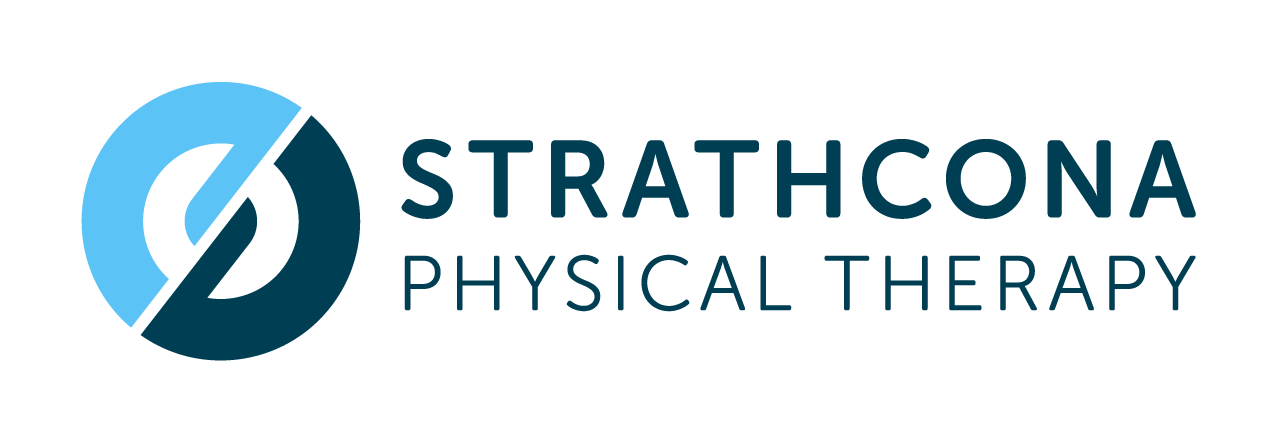Movement/Exercise Therapy for Schizophrenia
Image source: Nature.com
Schizophrenia is a chronic and severe mental illness that affects a person's perception, thoughts, and behavior. People diagnosed with schizophrenia struggle to differentiate between real and imagined experiences. The Diagnostic and Statistical Manual of Mental Disorders, Fifth Edition, identifies schizophrenia as a psychotic disorder characterized by a variety of cognitive, behavioral, and emotional symptoms. These symptoms cause distortions of reality, difficulties in social situations, changes in thinking and perception, and problems with daily functions (APA, 2013). Symptoms can be divided into three categories: (1) positive symptoms like hallucinations, delusions, disorganized speech and thinking, (2) negative symptoms like a lack of motivation, difficulty with communication, and lack of emotional expression, and (3) cognitive deficits that affect a person's ability to think and communicate effectively. Typically, symptoms related to psychosis start to appear in individuals between their mid-teens and mid-30s. The age at which the first psychotic episode occurs is highest during the early to mid-20s for males and late 20s for females (APA, 2013).
Given the complexities of schizophrenia, people with this disorder experience many challenges in day-to-day life. There are several cognitive, emotional, and social impairments those living with schizophrenia face. Those with severe mental illness are more likely to live an inactive lifestyle and are at a higher risk of developing obesity and chronic medical conditions. Compared to the general population, obesity is seen to be twice as common in people with schizophrenia (Carey et al., 2018). Most antipsychotic medications also cause weight gain, fatigue, and movement disorders (Gorczynski & Faulkner, 2010). Those with this mental disorder have trouble communicating effectively and may have trouble maintaining interpersonal relationships and employment. They experience ongoing neurocognitive impairment which include difficulties with working memory, problem-solving, and attention. These limitations make performing daily tasks and achieving personal goals difficult (Keefe & Harvey, 2012). They may struggle with social interactions and find themselves facing stigmatization and social isolation.
Movement dysfunctions in schizophrenia include rigidity, unsynchronized movements and body shifting (see APA 2013). When negative symptoms are present, individuals might hold their bodies in fixed positions, and lack spontaneity in movement (Davis, 1981). Therefore, having a holistic movement program is highly important for these individuals. A holistic movement program should include sensorimotor components, socialization components and should follow the Canadian Physical Activity Guidelines. Three forms of movement therapies: Dance Movement Therapy (DMT), creative group classes and creative yoga programs might work well for this population.
DMT uses non-verbal means of expression and communication (see more details of DMT in an earlier blog post above). DMT could be used as a holistic means of communication and expression. As mentioned above, people suffering from schizophrenia use creative and non-conventional ways to express themselves, therefore, DMT could be used as a useful tool to manage these symptoms. In fact, DMT sessions have proven effective in managing several positive and negative symptoms in an inpatient mental health facility in individuals suffering from schizophrenia (Bondo, 2019).
A structured movement program is a non-pharmacological treatment that could help with the side effects of medication and help individuals with both physical, cognitive, and emotional symptoms. Exercise is also effective in alleviating depression, low self-esteem, and social withdrawal (Gorczynski & Faulkner, 2010). Patients with schizophrenia were seen to improve their cardiovascular fitness and mental health when performing exercise therapy once to twice a week (Scheewe et al., 2013). However, optimal execution and implementation of a movement program is a challenge in this population. Adhering to a movement regimen is one of the biggest challenges in this population. A movement program that is enjoyable and engages multiple sensory systems might result in higher adherence. Different movement modalities may be developed for different phases of the disorder. After optimal exercise regimens are proposed and established, it could be carried out in the community or as part of an in-patient rehabilitation program. This could lead to better coping and enhance the quality of life of people living with schizophrenia.
References
American Psychiatric Association. (2013). Diagnostic and statistical manual of mental disorders (5th ed.). https://doi.org/10.1176/appi.books.9780890425596
Berardelli, I., Rogante, E., Sarubbi, S., Erbuto, D., Lester, D., & Pompili, M. (2021). The Importance of Suicide Risk Formulation in Schizophrenia. Frontiers in psychiatry, 12, 779684. https://doi.org/10.3389/fpsyt.2021.779684
Carey, M. E., Barnett, J., Doherty, Y., Barnard, K., Daly, H., French, P., Gossage-Worrall, R., Hadjiconstantinou, M., Hind, D., Mitchell, J., Northern, A., Pendlebury, J., Rathod, S., Shiers, D., Taylor, C., Holt, R. I. G., & STEPWISE Research Group (2018). Reducing weight gain in people with schizophrenia, schizoaffective disorder, and first episode psychosis: describing the process of developing the STructured lifestyle Education for People With SchizophrEnia (STEPWISE) intervention. Pilot and feasibility studies, 4, 186. https://doi.org/10.1186/s40814-018-0378-1
Biondo, J., & Gerber, N. (2020). Single-session dance/movement therapy for people with acute schizophrenia: Development of a treatment protocol. American Journal of Dance Therapy, 42(2), 277-295
Chang, S., Jeyagurunathan, A., Lau, J. H., Shafie, S., Samari, E., Cetty, L., Mok, Y. M., Verma, S., & Subramaniam, M. (2021). Problematic Drug Use Among Outpatients With Schizophrenia and Related Psychoses. Frontiers in psychiatry, 12, 762988. https://doi.org/10.3389/fpsyt.2021.762988
Gorczynski, P., & Faulkner, G. (2010). Exercise therapy for schizophrenia. The Cochrane database of systematic reviews, (5), CD004412. https://doi.org/10.1002/14651858.CD004412.pub2
Keefe, R. S., & Harvey, P. D. (2012). Cognitive impairment in schizophrenia. Novel antischizophrenia treatments, 11-37.
Östman, M., & Björkman, A. C. (2013). Schizophrenia and relationships: the effect of mental illness on sexuality. Clinical Schizophrenia & Related Psychoses, 7(1), 20-24.
Scheewe, T. W., Backx, F. J. G., Takken, T., Jörg, F., Van Strater, A. C. P., Kroes, A. 1., ... & Cahn, W. (2013). Exercise therapy improves mental and physical health in schizophrenia: a randomised controlled trial. Acta Psychiatrica Scandinavica, 127(6), 464-473.

